The circular research is carried out by rotating the radiolocator's antenna around the vertical axis. The width of the characteristic in the horizontal plane is chosen from the condition of obtaining the precision imposed for the azimuth measurement by the maximum method. The width of the feature in the vertical plane is chosen so as to cover the observation area imposed in this plane. Its dimensions are determined by the maximum detection distance Dmax and the maximum height Hmax, regardless of whether the radiolocator is on the plane or on the ground.

a) terrestrial radiolocator b)onboard radio
The shape of the directivity feature in the vertical plane is chosen from the condition that the point targets have the same reflection properties and form signals reflected by the same brightness on the screen regardless of the distance. Considering the constant rotational speed of the antenna, the number of reflected pulses does not depend on the distance and to obtain the same brightness from all targets it is necessary that the received energy is independent of the distance to the target. where:

Kı- the proportionality coefficient; D-distance to the target; FE (ε) - is the function of directivity in vertical plane voltage. By replacing D by H cosec ε we obtain:

It is noted that the power of the received signals will not depend on the distance if:

Antennas that have such directivity characteristics are called cosecant type and are used for terrestrial, naval or aircraft circular observation radiolocators. Considering that the antenna has a rectangular characteristic in the horizontal plane, a series of pulses with constant amplitude are obtained from the target. For an angular velocity Ω of the antenna, the irradiation time of the target for opening the characteristic θ0.5 is:

During this time, for the repetition frequency FR a number of pulses n is received:
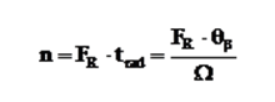
In these conditions the angular velocity results:

In the case of radial research the area observation period is Ψ= 2 π and so the observation period will be:
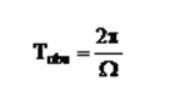
For the values n, FR θ.0.5 imposed, the minimum possible period is:

Research in the sector is a particular case of circular research, in which the width of the research area Ψ <21. Noting with ϴ the width of the sector in which the observation is performed, for the average angular velocity Ωm of the antenna, the minimum observation period and the time of irradiation of the target will be:
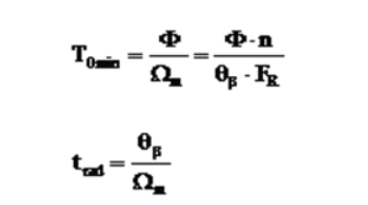
The effective observation period is actually longer To = εTOmin. The coefficient ε takes into account the times required for the rotation mechanism to reverse the direction of movement and the time in which the antenna rotates outside the sector:

For ε = 1 the mechanism is better. The exact value of the observation period is:
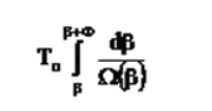
where β is the current value of the azimuth.
Obs .: sometimes, for the observation in the sector, the antenna rotates circularly and either the generator works only within the limits of the observation sector ϴ or it works permanently, only the signals reflected from the sector are displayed. In this case, the observation period will be To = 2 π / Ω, and the time periods are specified by the coefficient:

To shorten the observation period and to increase the data extraction rate, several antennas can be used that are arranged on the same axis and radiates successively in the observation sector ϴ in this case:

where K - represents the number of antennas.
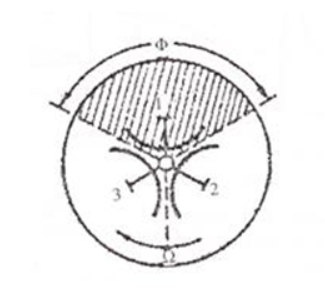
The disadvantage of this method is the need to switch the antennas, which at high power is related to complications in the construction of the transmission-reception equipment.
Clicoid observation is characterized by the shift of the antenna directivity characteristic axis along an ecoidal line.
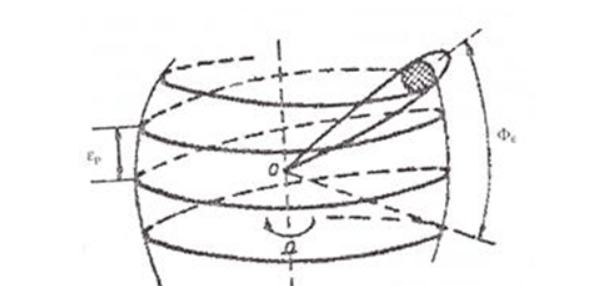
The antenna has a high speed horizontally and a low speed vertically.
Spiral displacement is characterized by the displacement of the EMU beam from a convergent or divergent spiral.

Spiral observation is used in aircraft-mounted LLCs.